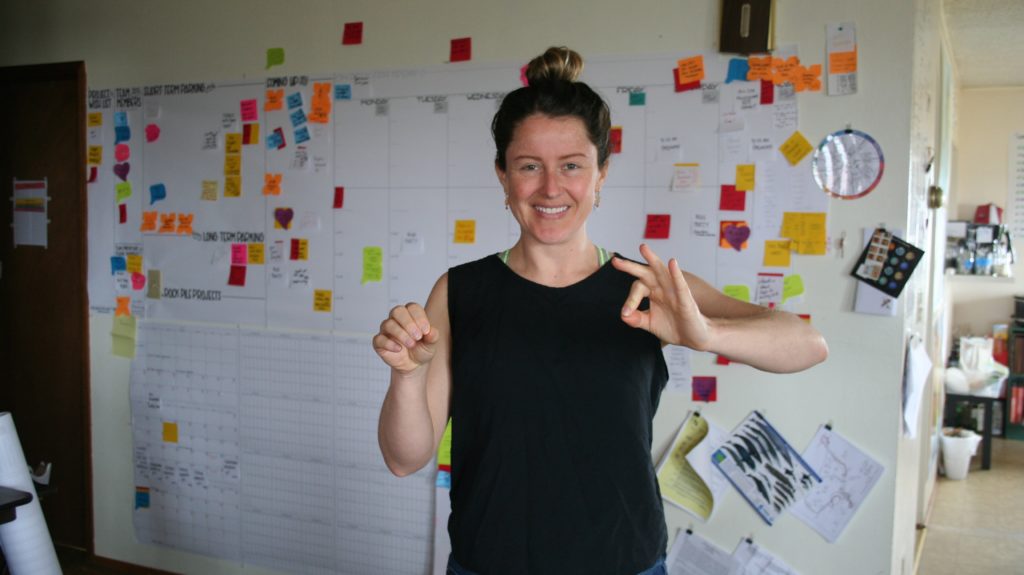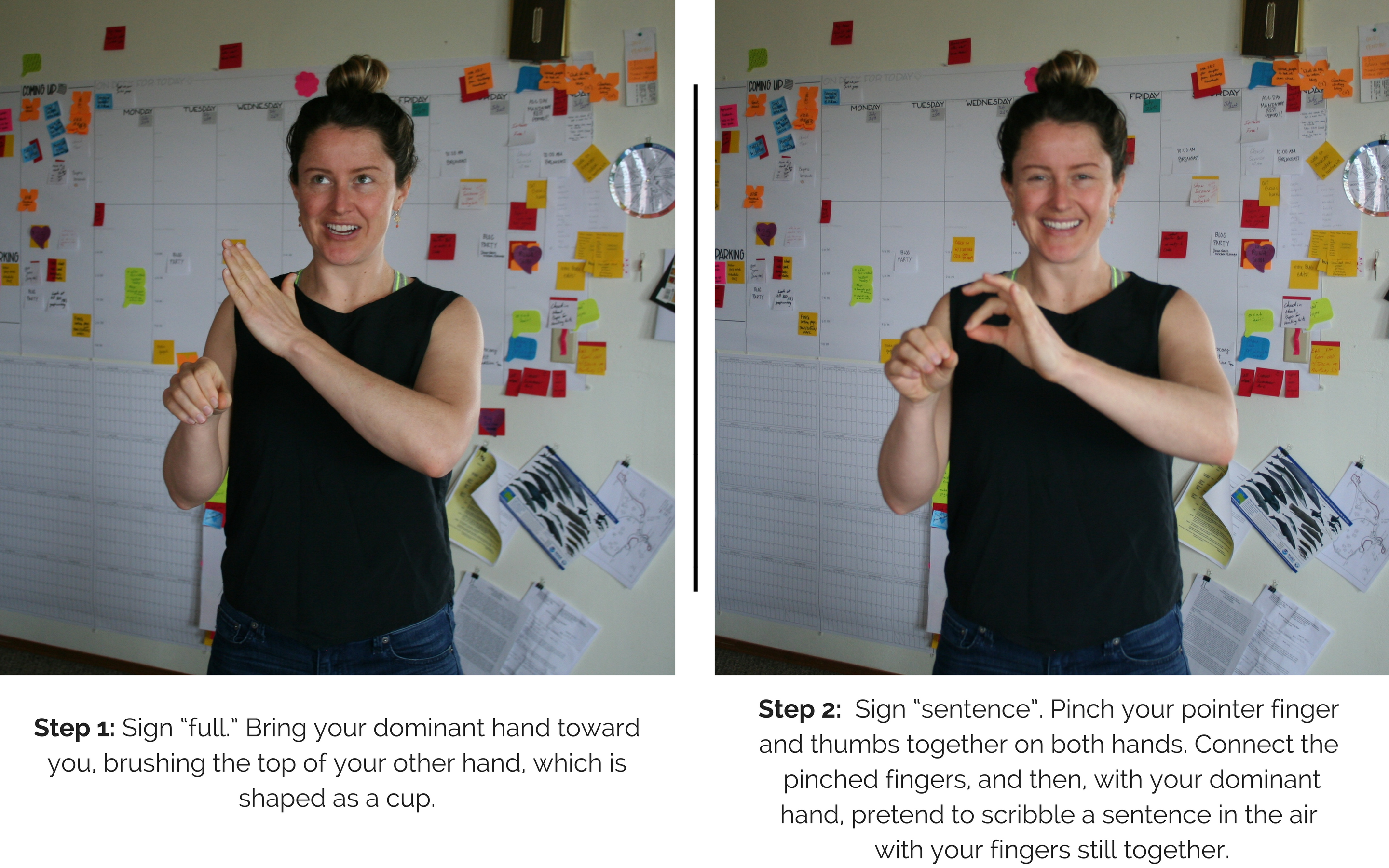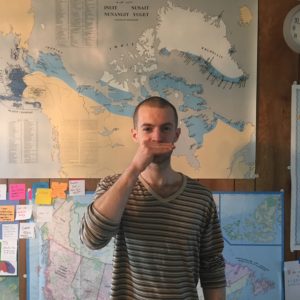
One the most useful techniques I have adopted this summer in St. Paul, Alaska, is Technique: Full Sentences. I use it regularly when hunting Unangam Tunuu with the local language team and Dutch with Myles at the WAYK house, because I notice how much it strengthens fluency.
Using TQ: Full Sentences means that you try to always speak in full sentences, even when comprehension doesn’t require you to. Both the teacher and the learner try to adhere to the practice.
Instead of this:
“Coffee?”
“Sure.”
“Milk? Sugar?”
“No thanks.”
You speak like this:
“Do you want some coffee?”
“Sure, I would love some coffee.”
“Do you want milk or sugar?”
“No thanks, I don’t take milk or sugar.”

Some benefits of TQ: Full Sentences
- You learn grammar implicitly. Without needing grammar explanations, you start to learn and apply patterns in the language. You might not understand why you start a yes/no question with “Do”, but you know when to use that word.
- You can always shorten, but you can’t always lengthen. Look back at the dialogue. If you learn to form those full sentences, you can almost certainly understand the short version of the questions, and reply in a shortened way. The opposite is not true.
- You get context. All words or parts of words come with the context of the other words in the sentence. In this way, TQ: Full Sentences supports TQ: Spare the Fairies, because the learner can develop hypotheses about the meaning and application of the new word or part of a word without translation.
- Your conversational fluency improves faster. You become familiar with common questions and answers sooner, allowing you to speak more and be understood.
These benefits are focused on the learner’s point of view, but I would also say that TQ: Full Sentences supports better teaching. The teacher stays focused on conveying meaning, rather than lists of vocabulary items, and they are forced to consider scaffolding. For example, for a learner to understand “Do you want some coffee?”, the teacher must introduce “coffee”, “you”, and “want” as clearly as possible, as well as “do” as a question marker, and “some”. They become thoughtful about which full sentences they are building to, and how to get there.
A final note is that TQ: Full Sentences can be used with total beginners. The first questions and answers will probably be very short, and spoken very slowly, e.g. “What’s this?” “This is a rock.”, but both the teacher and learner will feel rewarded with the ability to convey complete thoughts in a complete way. I hope you enjoy using this technique in your lessons and conversations!
Post authored by Mary.




